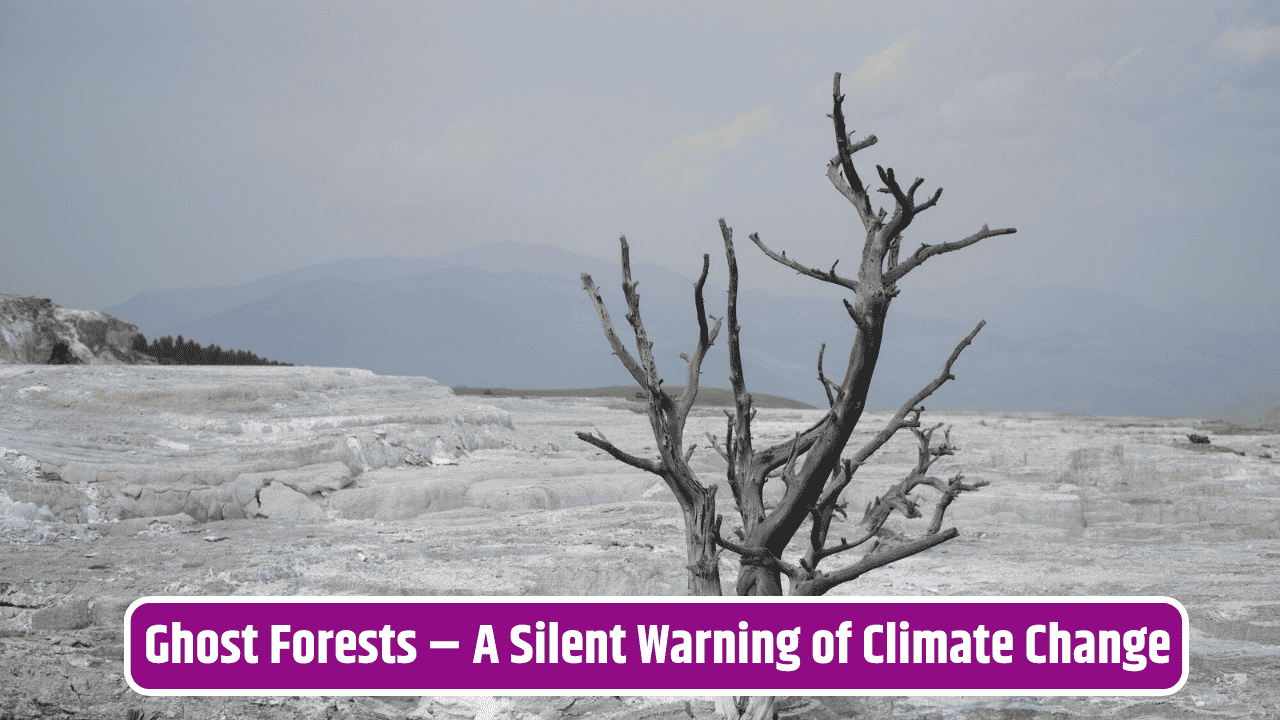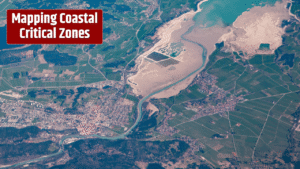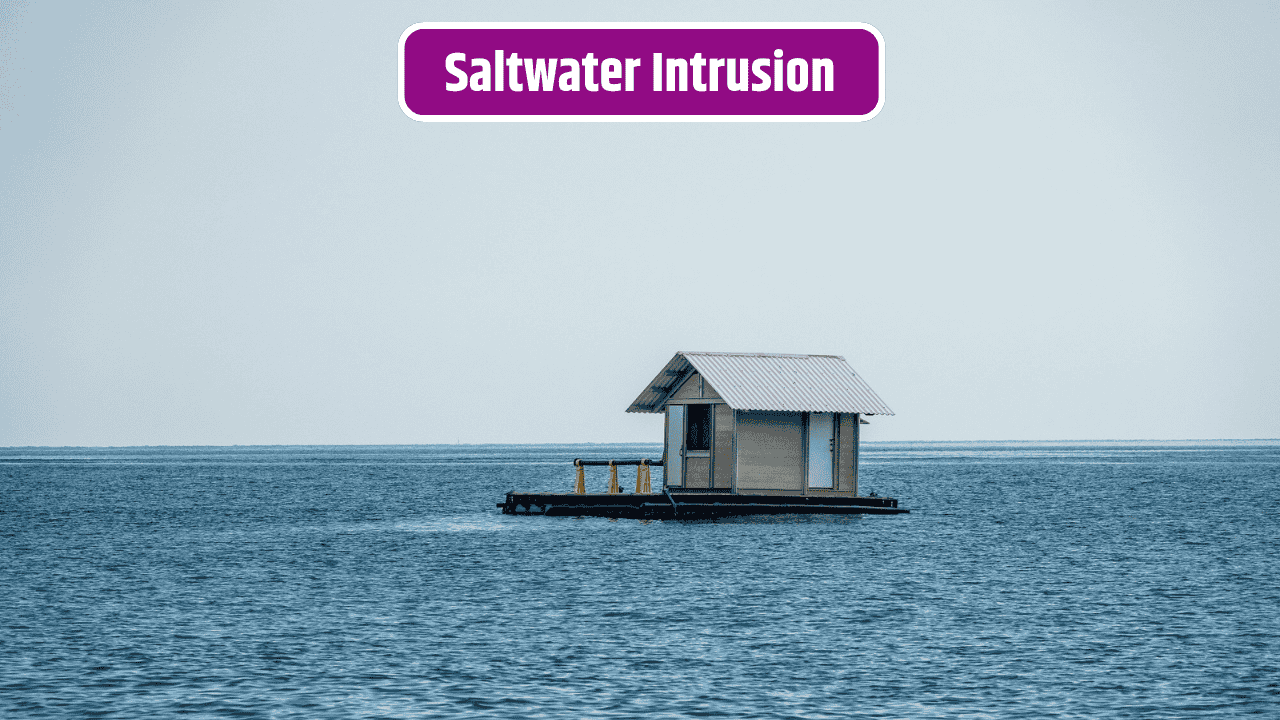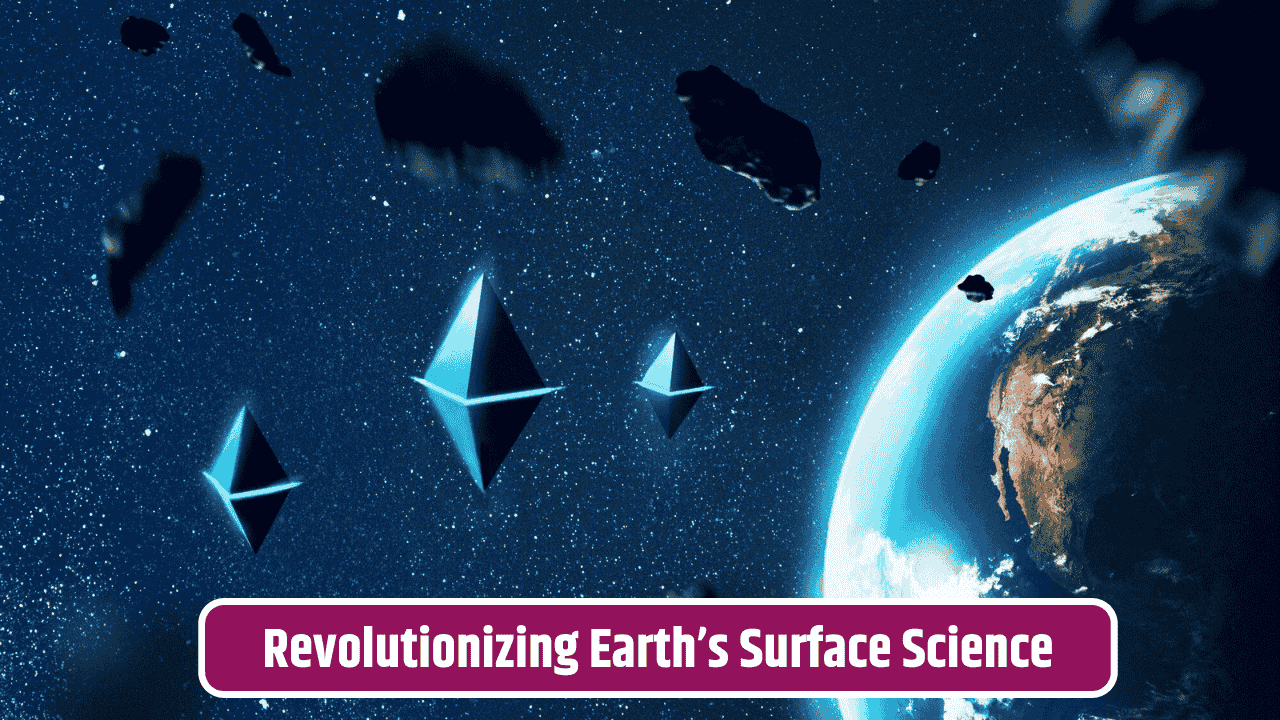A few decades ago, if you walked along the Carolina coast or even parts of the Chesapeake Bay, you’d have found thick stands of loblolly pines and red maples shading the wetlands. Today, in many of those same spots, you’ll see something else entirely: a forest of skeleton trees, bleached and lifeless, jutting out of the marsh like gravestones. Locals have started calling them “ghost forests.” They look eerie—like something straight out of a Tim Burton film—but the story behind them is far scarier, because these ghost forests are one of the clearest, most silent signals of climate change happening in real time.
Table of Contents
What Exactly Are Ghost Forests?
Ghost forests are areas where once-thriving trees have died off due to saltwater intrusion. Rising sea levels push salty water into coastal freshwater forests, essentially poisoning the soil. Trees that can’t tolerate high salinity begin to wither, and over time entire swaths of green turn into ghostly stands of gray trunks.
This transformation isn’t just happening in one pocket of the U.S. It’s been documented from New Jersey down through the Southeast, and even along parts of the Gulf Coast. Scientists from the U.S. Geological Survey and NOAA have been tracking these changes, and the spread has accelerated over the last 20 years as sea levels rise at a faster clip.
Why It Matters More Than Just Dead Trees
At first glance, you might think ghost forests are just an aesthetic issue. Dead trees, creepy scenery, maybe a nuisance for local landowners. But in reality, they point to a much bigger problem. Forests along coastlines are more than just pretty—they’re buffers against storms, carbon sinks, and crucial habitats for wildlife. When trees die off, the ecosystem balance gets thrown out of whack.
Migratory birds lose nesting areas. Carbon that was once locked in wood and soil gets released back into the atmosphere. And communities that rely on those wetlands for storm protection face greater risks from flooding and hurricanes. According to EPA reports, these coastal ecosystems store some of the highest levels of “blue carbon,” which means their collapse could speed up global warming even more.
A Natural Process… on Overdrive
It’s worth noting: ghost forests aren’t entirely new. Coastlines have always shifted. Saltwater has always claimed land as tides and rivers reshape terrain. What’s alarming now is the speed. What might have taken centuries in the past is unfolding in just decades.
Take the Albemarle-Pamlico Peninsula in North Carolina. Researchers from North Carolina State University found that entire tracts of farmland and forest have converted to marsh since the early 2000s. Farmers who once grew corn and soybeans now battle brackish water that kills their crops. You could argue it’s nature rebalancing itself—but it’s happening in fast-forward because of climate change and human activity.
The Economic and Human Angle
For communities living near these ghost forests, the impact isn’t abstract—it hits wallets. Property values in flood-prone areas drop, insurance premiums rise, and farmland becomes less productive. Fishermen might benefit from new marshland ecosystems (shrimp and crabs like them), but the transition period is disruptive.
There’s also a cultural side. Families who’ve lived for generations on these lands watch their homes and heritage literally swallowed by saltwater. The trees dying are a visible reminder of the slow but unstoppable advance of the sea.
Can We Stop Ghost Forests from Spreading?
The short answer: probably not entirely. Sea level rise is baked in for the foreseeable future, even if the world slashes emissions tomorrow. But there are adaptation strategies. Some communities are restoring wetlands to serve as buffers. Others are building “living shorelines” with oyster reefs and vegetation to slow erosion. And there’s growing talk about “managed retreat,” a technical term for the very human reality of moving away from land that can no longer be saved.
The bigger picture, though, comes back to tackling climate change at its root. Reducing greenhouse gas emissions, investing in renewable energy, and protecting existing coastal forests are all part of the equation. Ghost forests are a warning—if we ignore them, we risk far bigger losses down the line.
Fact Check
Ghost forests are not some internet myth or exaggerated green scare tactic. They are well-documented phenomena studied by institutions like USGS and NOAA, and their spread has been recorded through aerial imagery and on-the-ground surveys. What you might see in a viral photo—rows of white tree trunks against a marsh—isn’t digitally altered; it’s the reality of rising seas reshaping our coasts.
FAQs
Where are ghost forests most common in the U.S.?
They’re most often found along the mid-Atlantic coast (New Jersey, Maryland, Virginia, North Carolina) and parts of the Gulf Coast.
Do ghost forests harm wildlife?
Yes and no. They destroy habitats for some species (like woodpeckers and songbirds) but create opportunities for others (like fish, crabs, and marsh birds).
How quickly do ghost forests form?
The transition can happen in as little as a decade once saltwater intrusion begins.
Can new forests grow back in ghost forest areas?
Not usually. Once saltwater claims the soil, most traditional tree species cannot return. Instead, the land often transitions permanently to marsh.
Are ghost forests unique to the U.S.?
No. Similar patterns have been observed in coastal regions worldwide, including Bangladesh, Australia, and parts of Europe.










